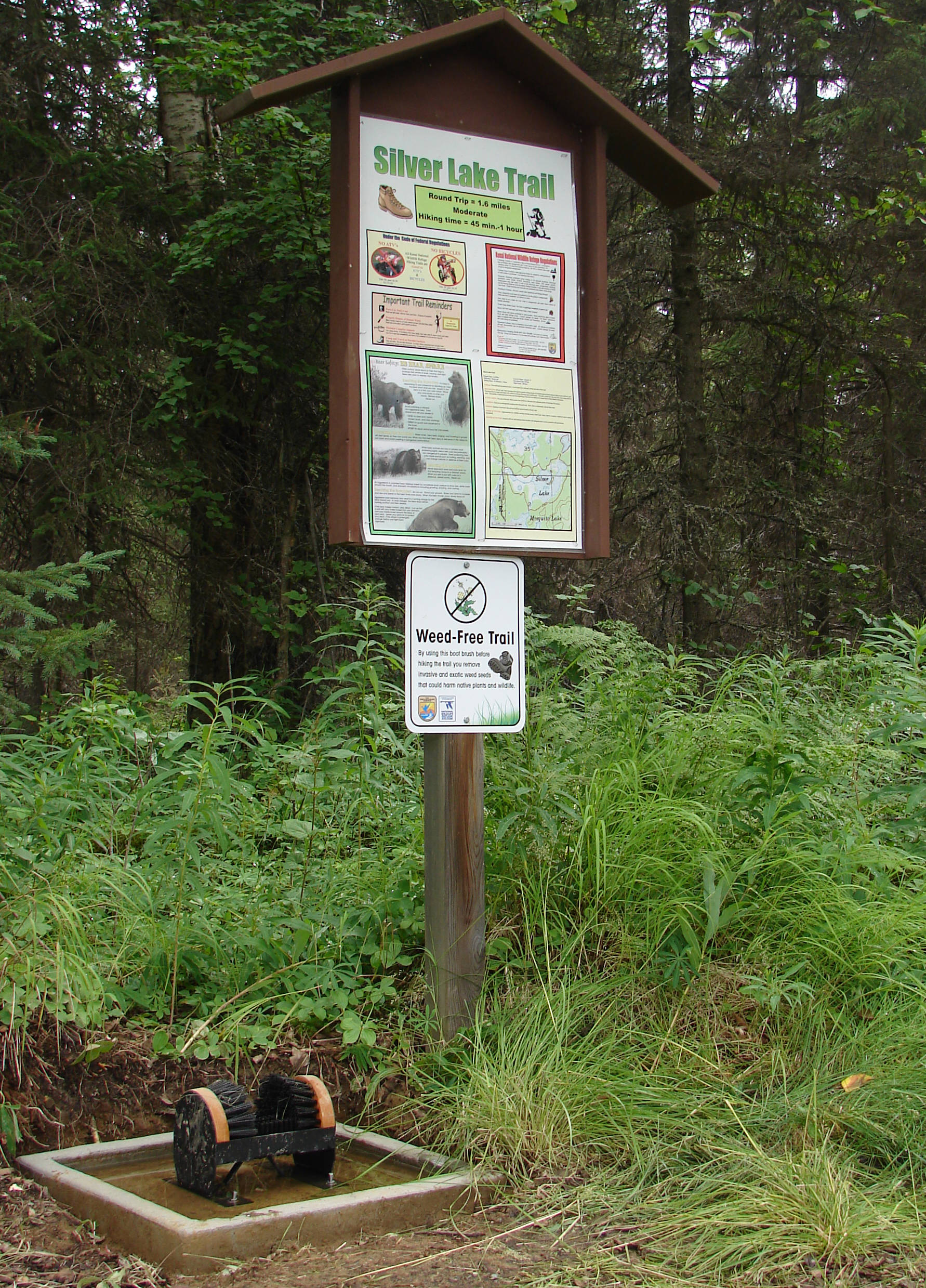By MATT CONNER
A couple of weeks ago, I drove a friend from Georgia around the Kenai Peninsula. He used to work as a park ranger (as do I) and remarked at how many visitors seemed to ignore signage on our tour.
We watched an angler clean fish at the Kenai Lake boat launch right next to a “Do Not Clean Fish at Ramp” sign, a message that apparently did not apply to him. There was a great picture in this Sunday’s Clarion of a moose with a “Do Not Enter” sign wrapped around his antlers. I laughed and called my friend and said, “Wildlife don’t read signs either!”
I often wonder about the effectiveness of different communication styles. Perhaps the strangest is the communication of intended action through written signage. I was once asked to review a nature center and give feedback on the visitor experience.
Walking from the parking lot to their visitor center, I was greeted by several written recommendations of behaviors in which I was urged not to indulge or participate.
The first sign read, “Do Not Park on the Grass.” Not a problem as mine was one of three cars in an ample and mostly empty parking lot, but I imagined this sign resulted from recurring times when all the spots fill and people park on the grass.
As I walked down the short trail to their visitor center, I was greeted by three more behavior modification notifications: “Do Not Pick the Flowers,” “Do Not Go Off the Trail,” and “Do Not Litter.”
To be fair, each of these notifications did begin with the word, “Please.” Chuckling out loud as I walked up the steps to the visitor center, I wondered how I would be greeted in person after the signage had informed me of all the ways I could fail as a visitor.
To my surprise, a warm smile and a welcoming spirit greeted me, “Welcome to the Nature Center! Please feel free to ask any questions and walk the trails, enjoy the solitude, and I hope you have the opportunity to enjoy nature and wildlife during your visit.”
I hiked the trails, read the exhibits and held down a park bench for a spell before returning to their visitor center. The same friendly ranger welcomed me again with, “Do you have any questions about the Nature Center before you depart?”
I paused, shuffled my feet a bit, and then said, “Yes, but I do not wish to offend.” She perked up and said that now I had to share.
I answered with a question: “How many visitors this year have you had problems with parking on the grass?”
Her brow contorted slightly as she explained that two years ago they hosted a special event during which the parking lot overflowed and some cars parked on the grass, prompting management to place signs to discourage that behavior.
I responded with a second question. “How many visitors do you have a year and how many of those park on the grass on average?”
She replied they had 60,000 visitors annually and typically nobody parks on the grass unless there is an unusual event occurring.
I asked a third question. “So 60,000 visitors a year read the DON’T messages because of a rare occurrence, one or two people act inappropriately?” This time I offered a statement. “How about welcome to your nature center instead of all the don’ts?”
It is easy to do. Whether it is notes in the breakroom about cleaning up the microwave or reminders about cleaning out leftovers from the fridge, “Signs happen.” And they seem to attract more signs once we start down this path.
At the Kenai National Wildlife Refuge Visitor Center, we use signs to get critical information to our visitors about safety, regulations and refuge information. However, we have learned that the more signage we put up, the fewer signs people read— a phenomenon called “sign blindness.” So when our kiosks get a bit “signy,” we start removing less critical information.
We have learned that tone of the message is important as well. In graduate school, we learned of a study that correlated the number of bullet holes in signs to message tone.
The study showed that the more negative the message, the more bullet holes it had. Of course, nothing justifies defacing a public sign, but it is still an interesting relationship.
I think the secret to effective messaging is positive voice. We need to explain to others what we want to see them do versus what we don’t want them to do. So replace “Don’t Go Off the Trail” with “Please Stay on the Trail to Protect Wildlife.” Consider “Leave the Plants as They Are for Others to Enjoy” instead of “Don’t Pick the Plants.”
I try to use this philosophy in all forms of communication. Instead of focusing on the negative, I offer the positive of what actions we would like to see.
I have noticed that the results are effective, and whether speaking to friends, family or visitors, all of us prefer to be told how to succeed rather than ways we can fail.
I think we will always have some people who disregard our suggestions by signage or verbal communication, but perhaps each of us can help protect our public lands by sharing positive messages of behavior. This can be applied to everything from proper food storage in campgrounds to protect wildlife and visitors, or to places where it is appropriate to clean fish and dispose of waste.
Hopefully, we can accomplish this without blanketing the roads with more signs.
Matt Conner is the Visitor Services Manager at Kenai National Wildlife Refuge. Find more information at http://kenai.fws.gov or http://www.facebook.com/kenainationalwildliferefuge.


